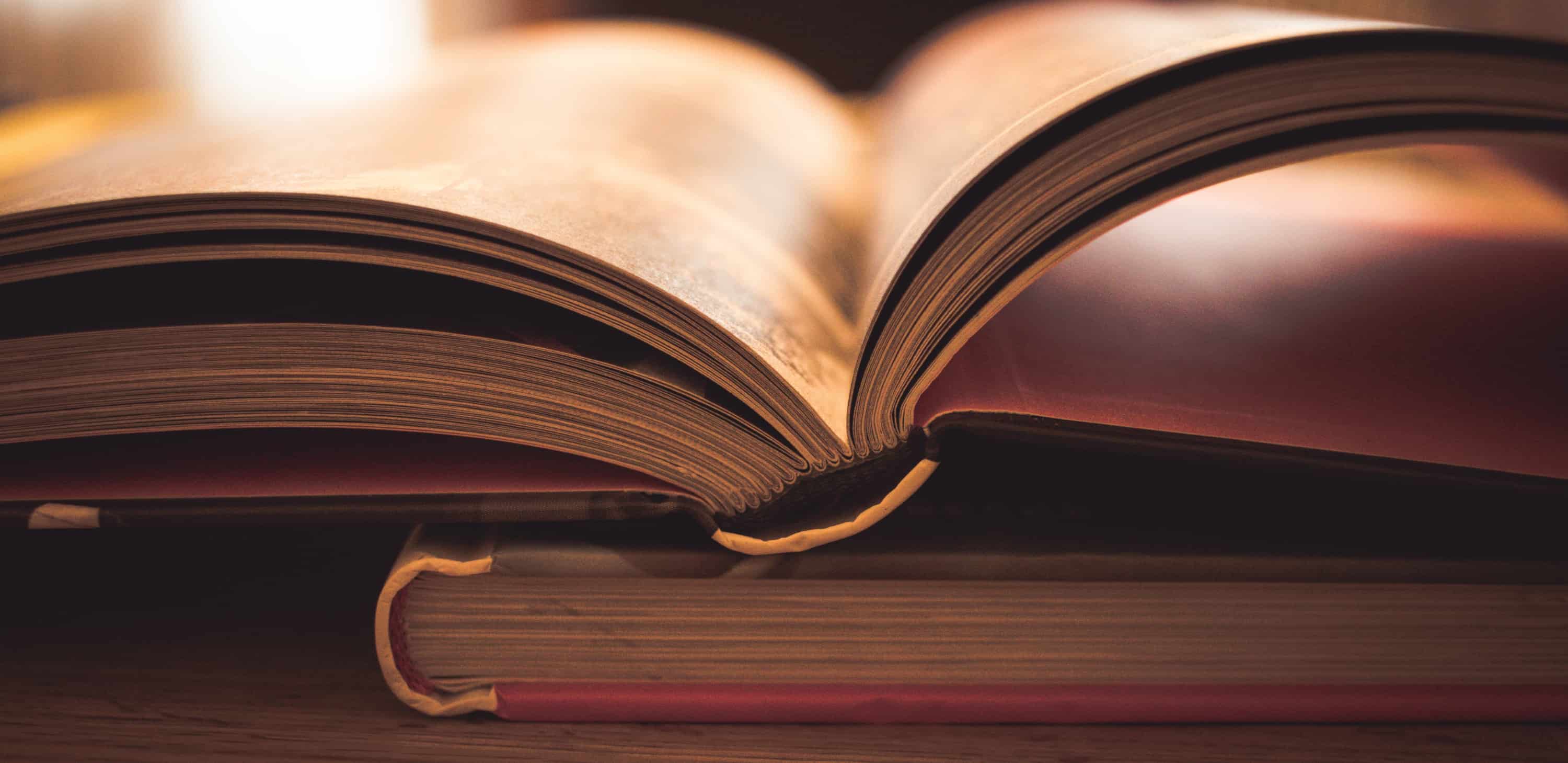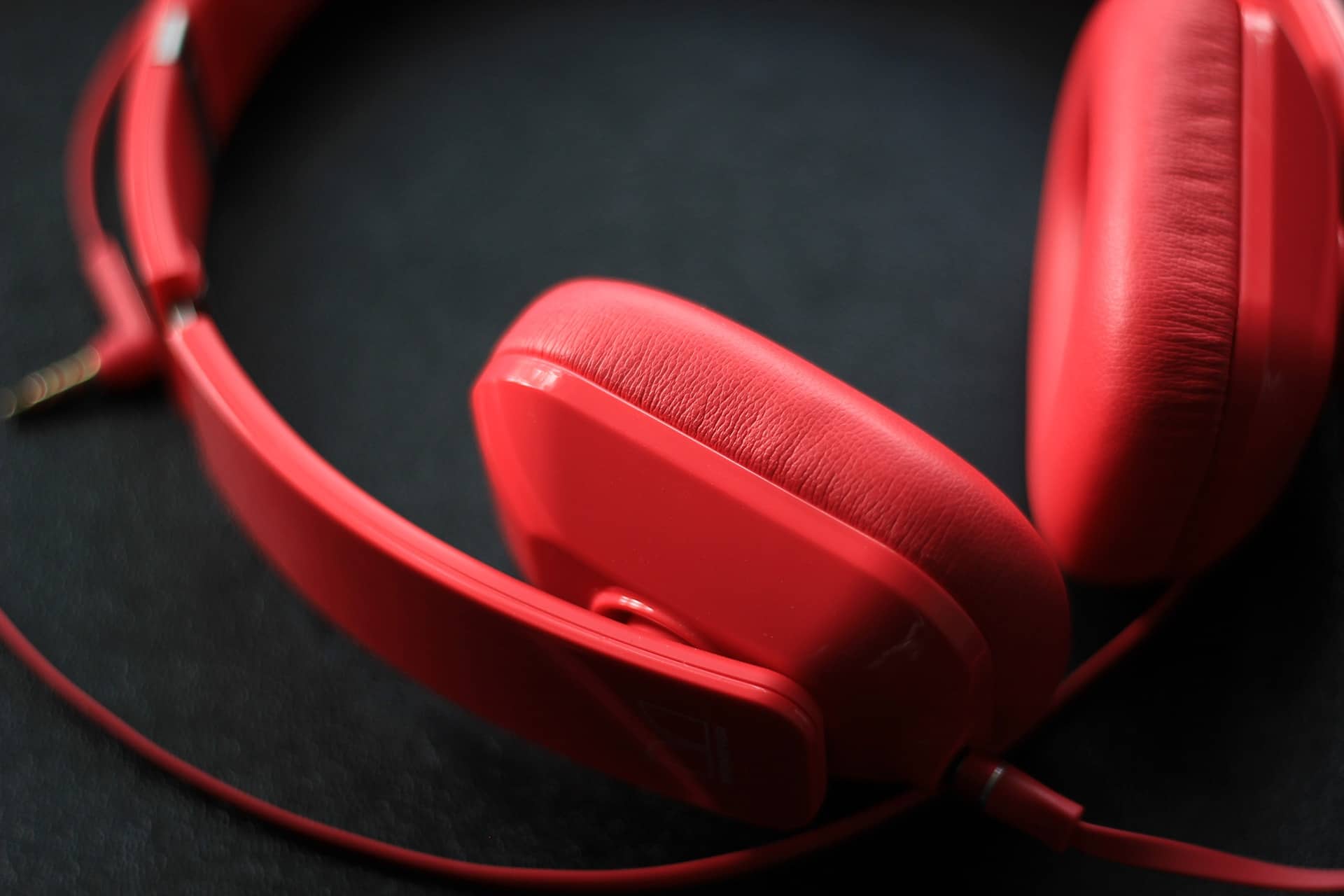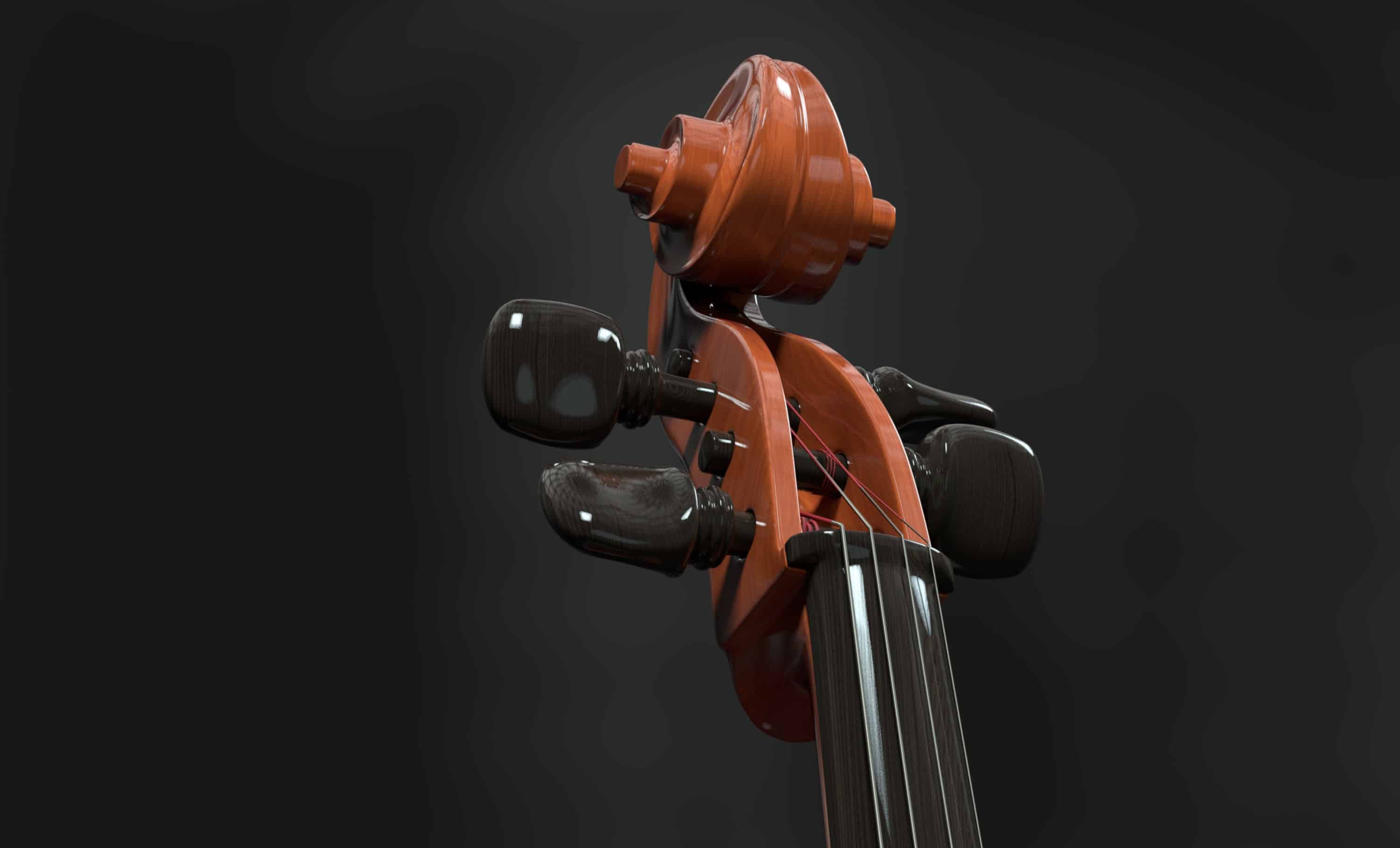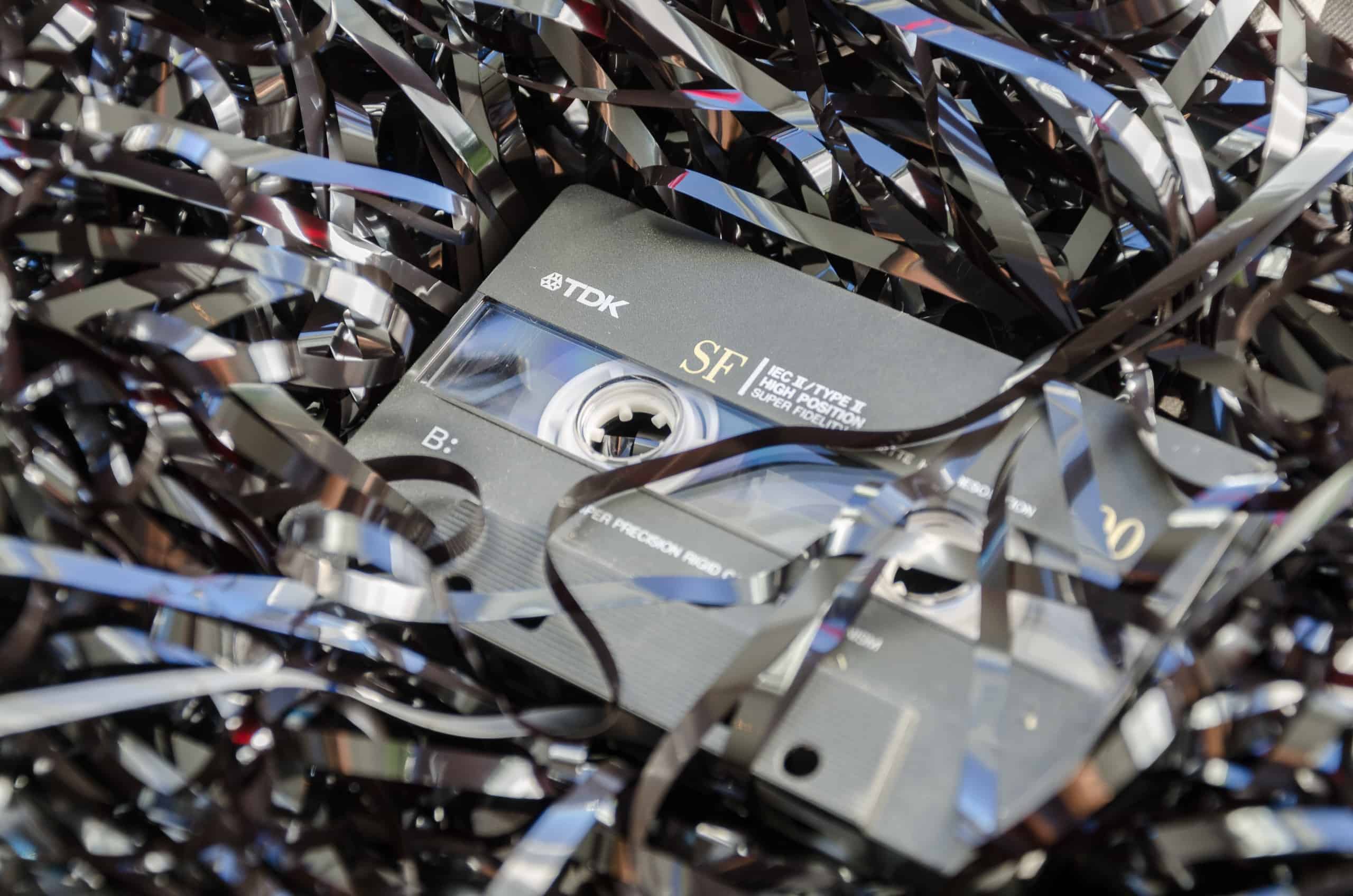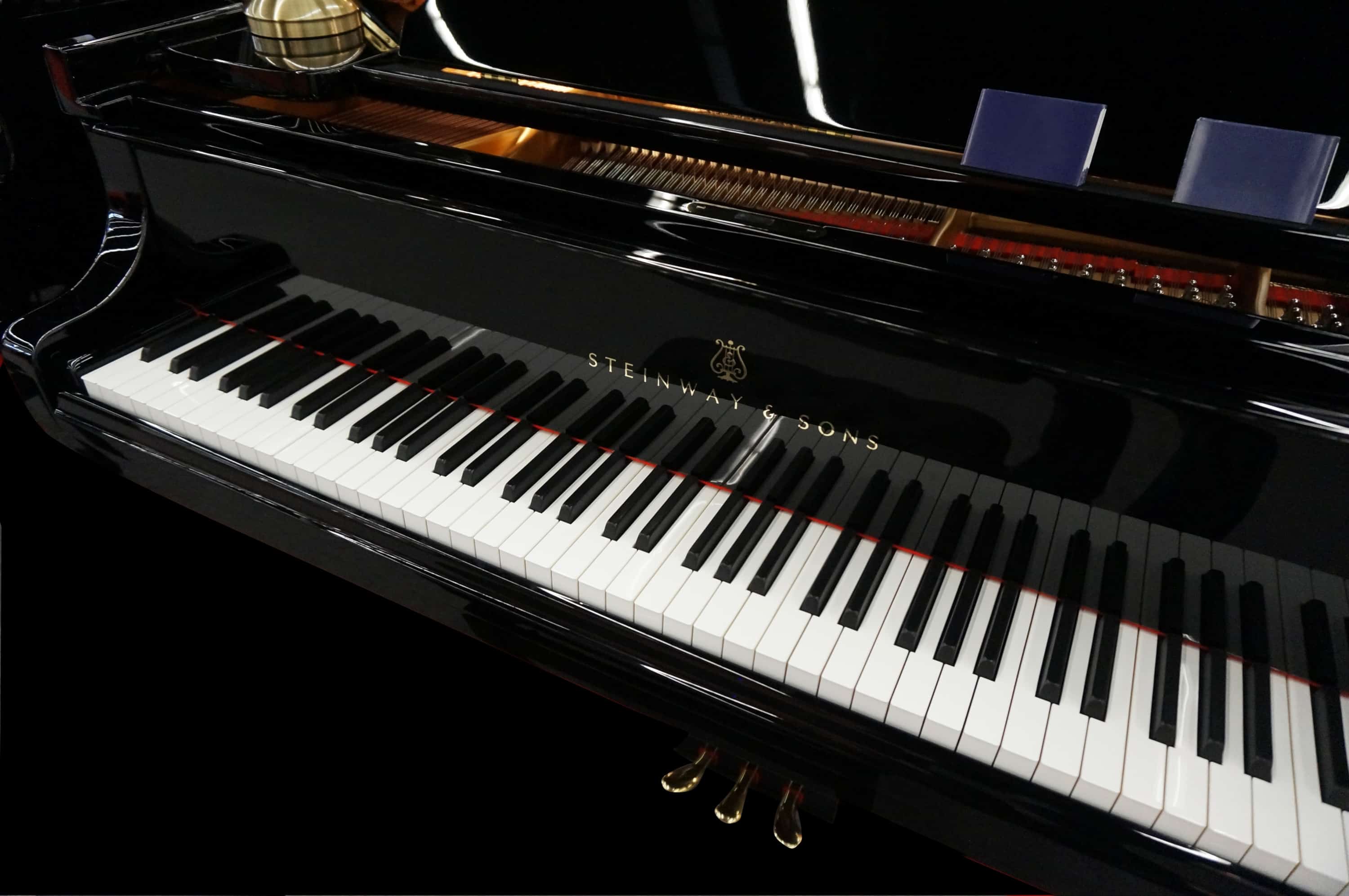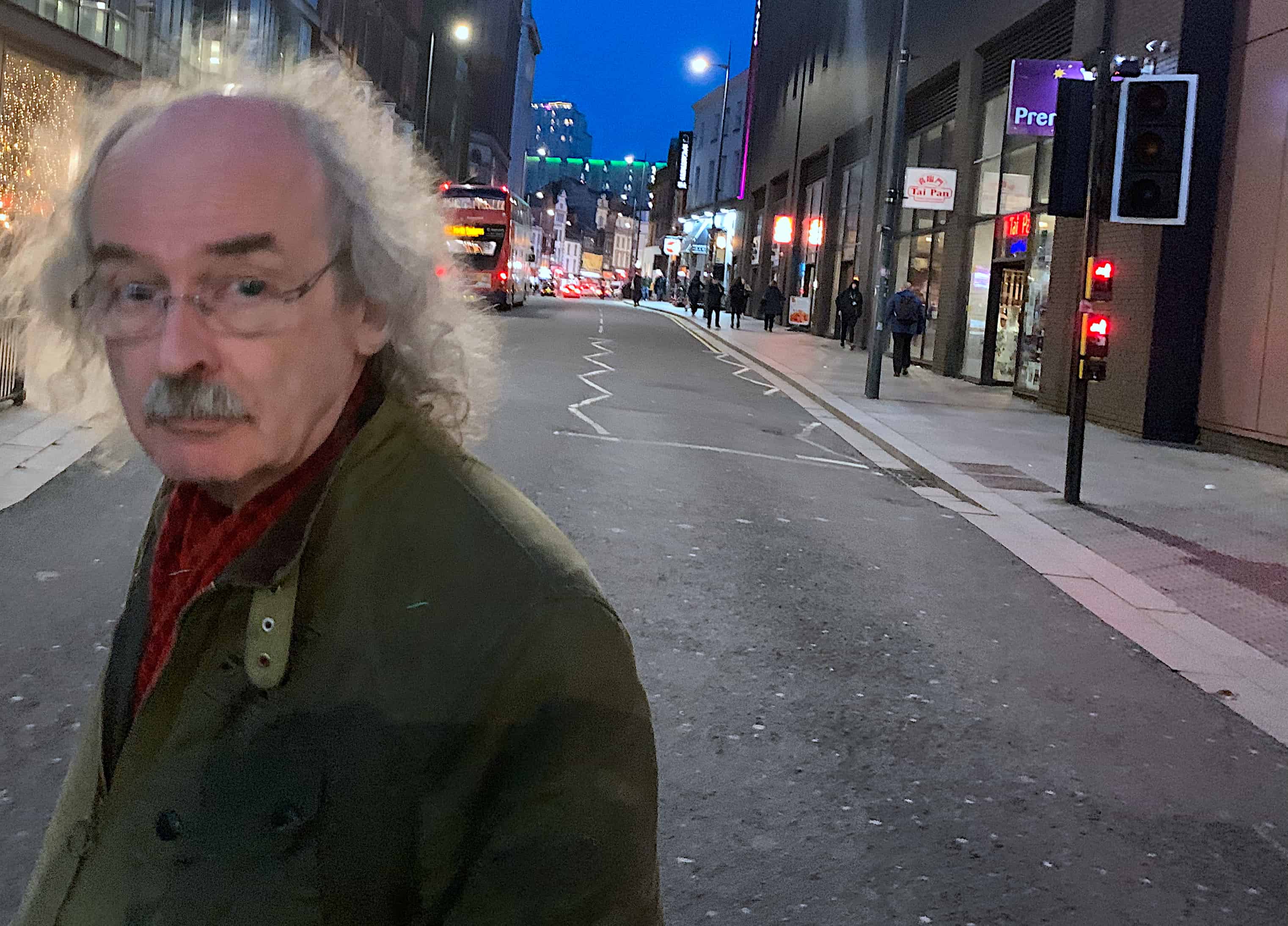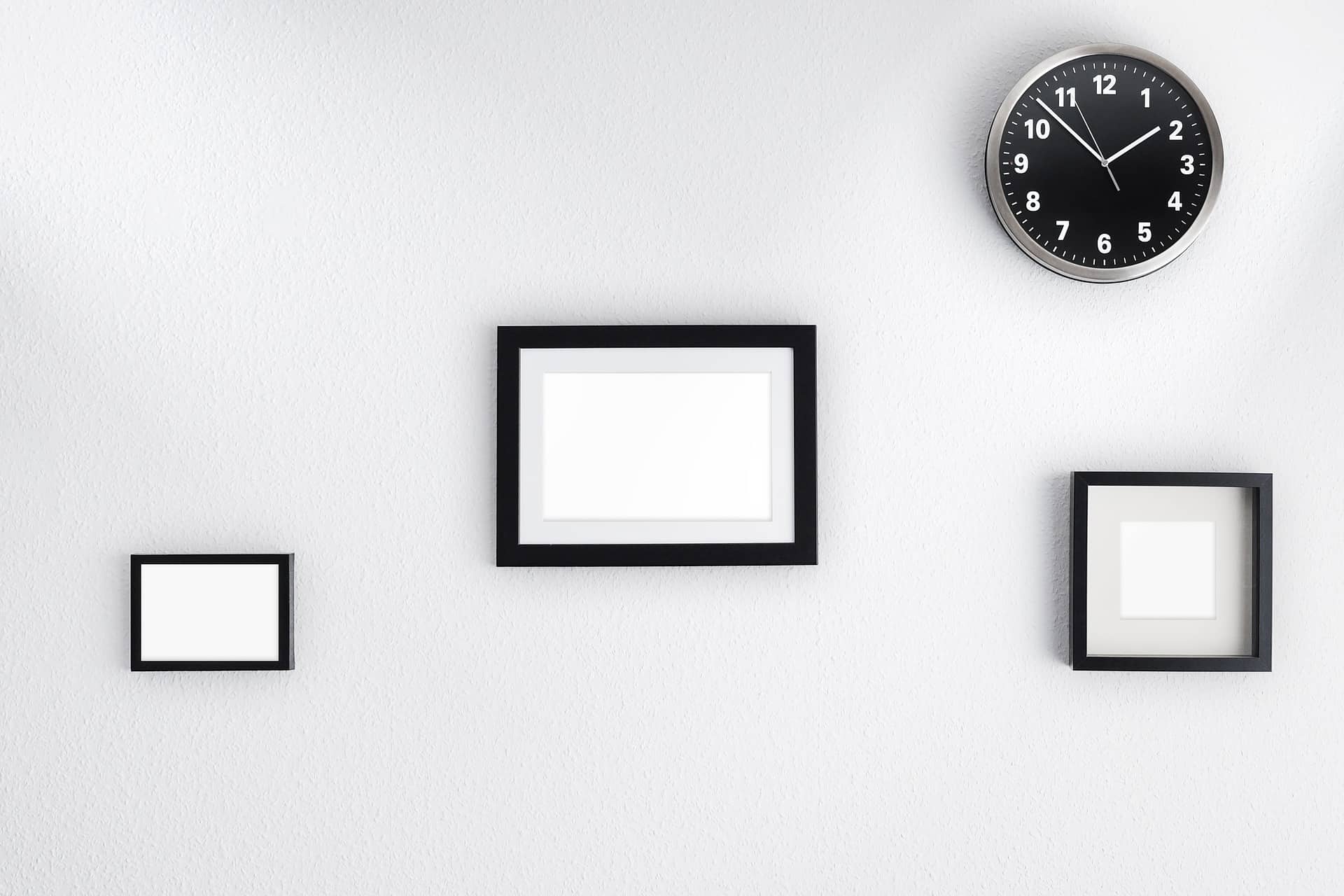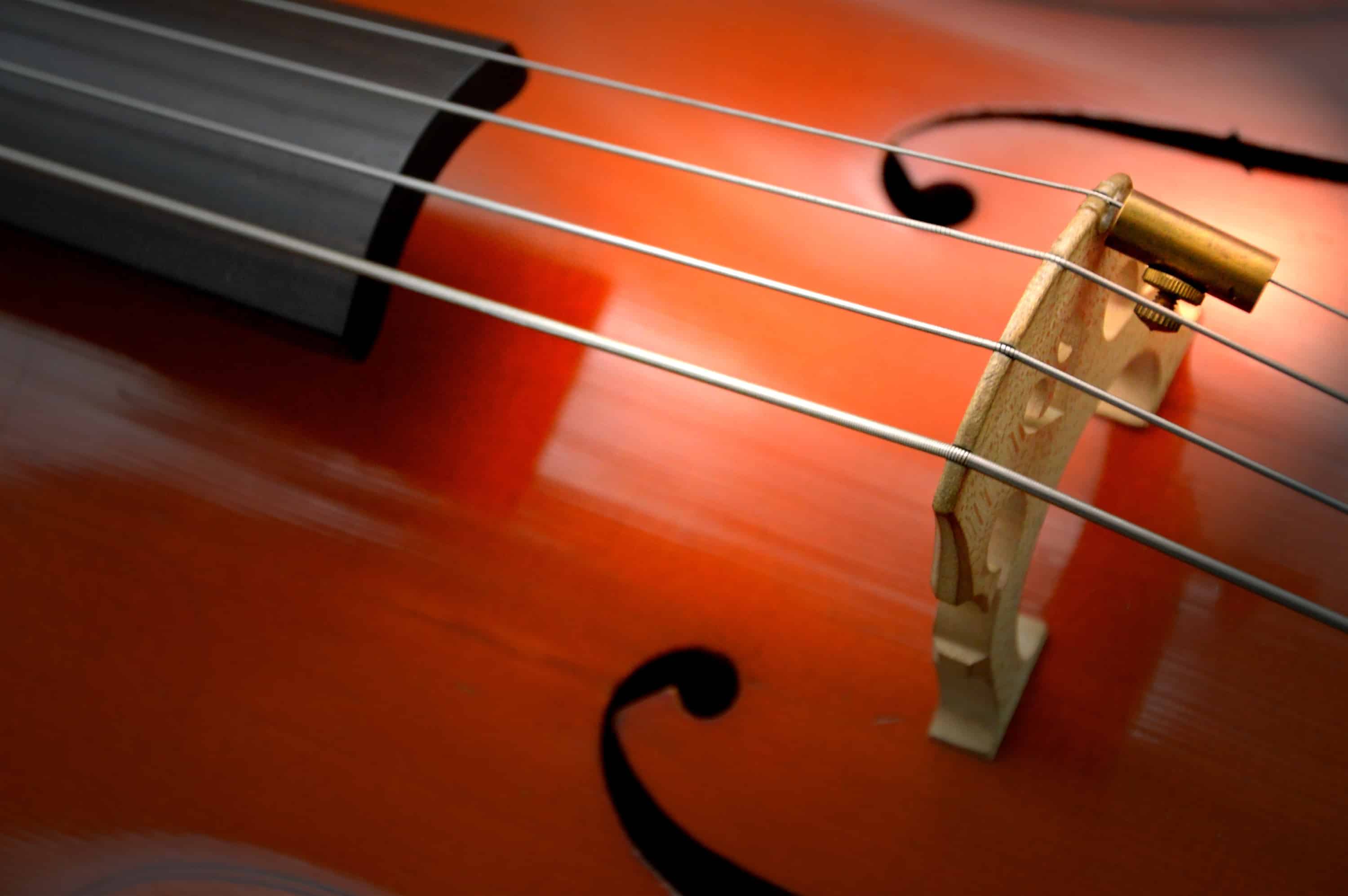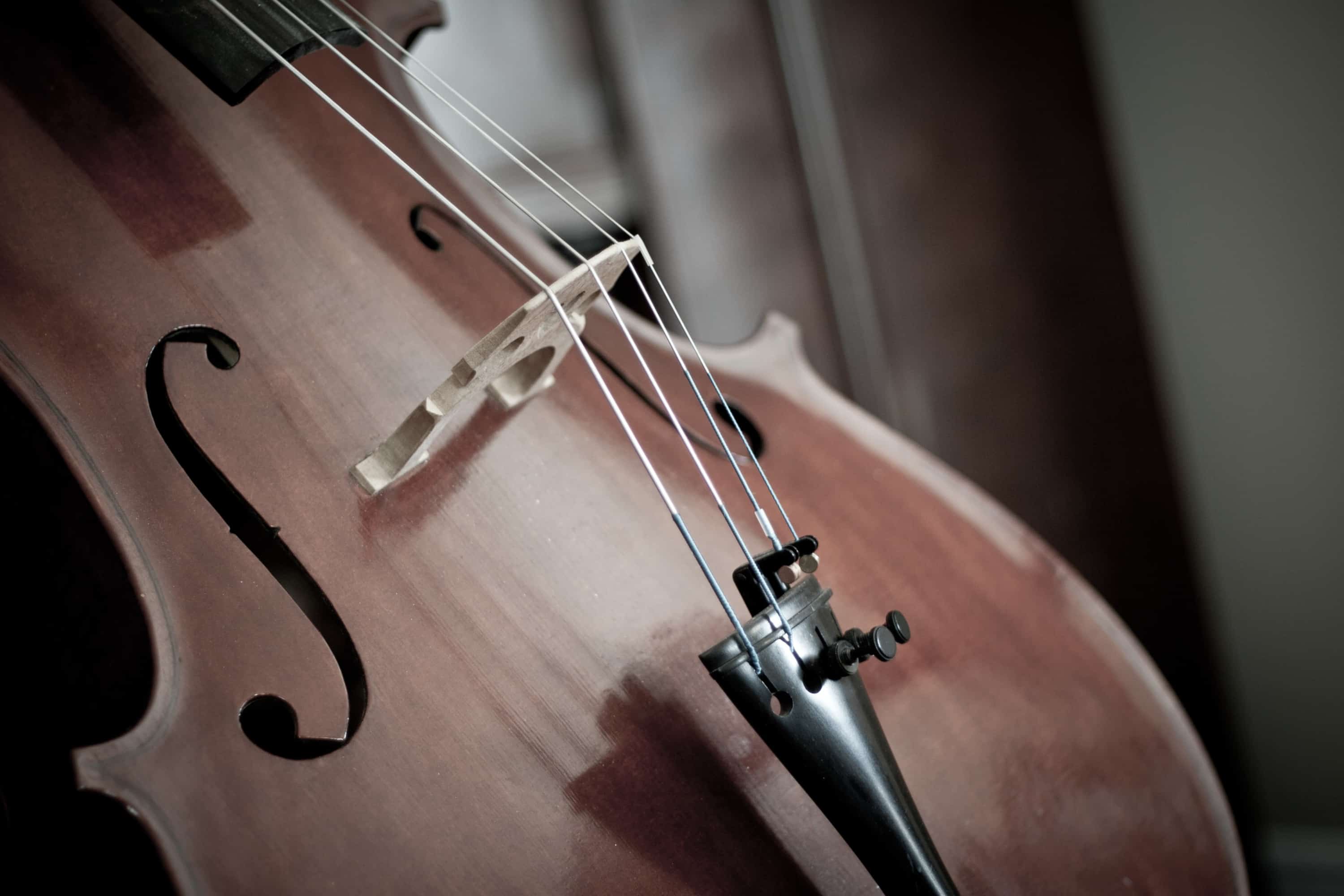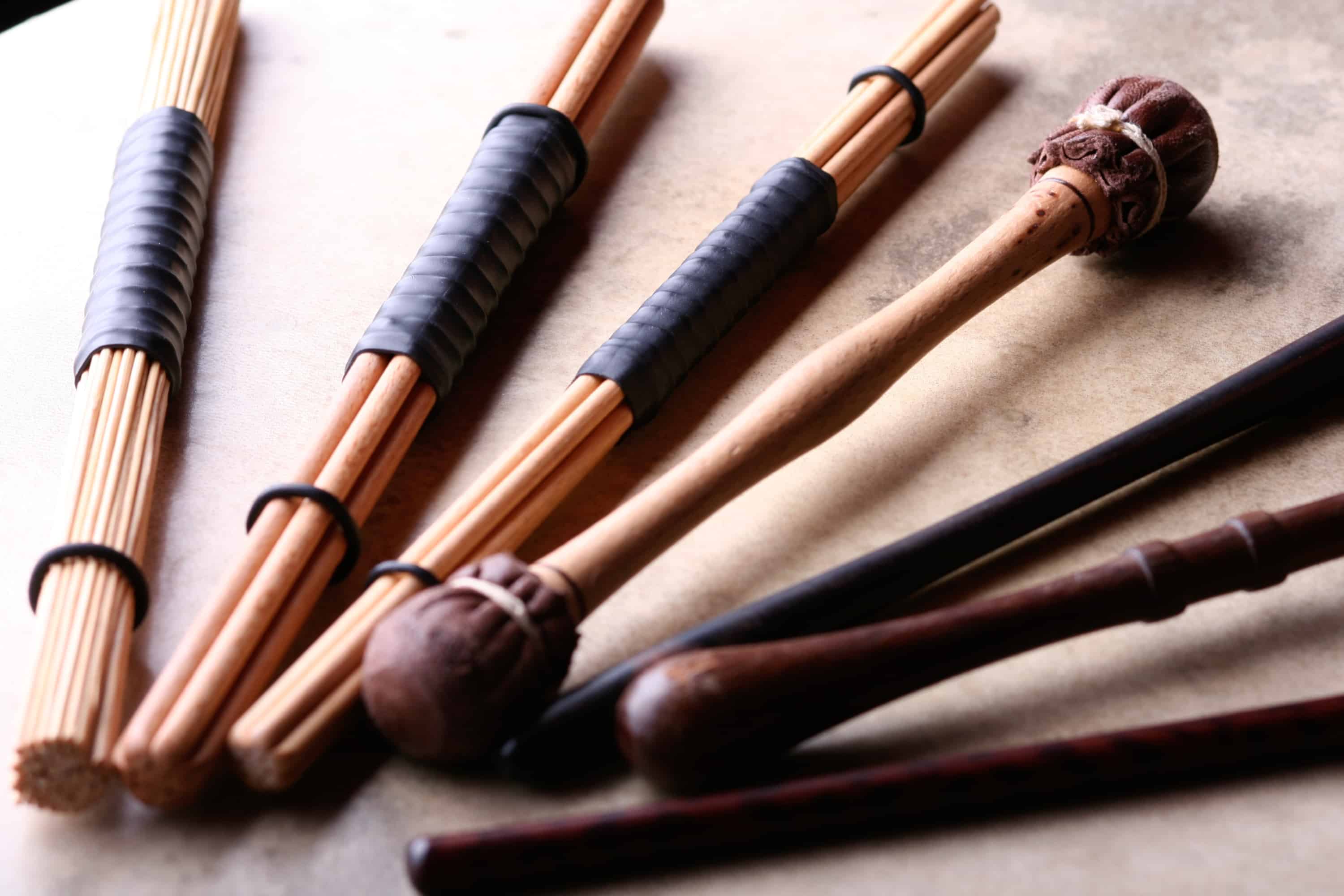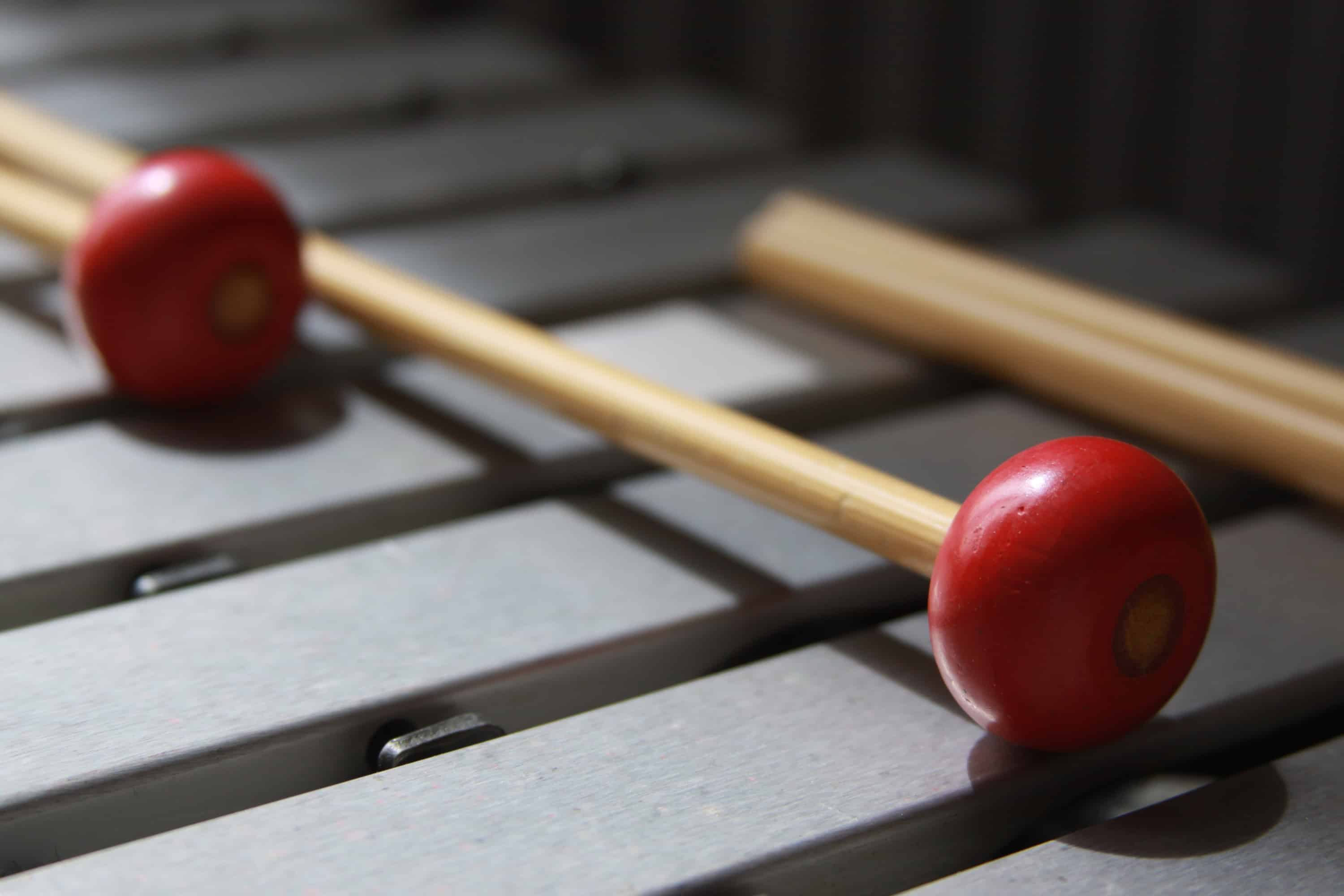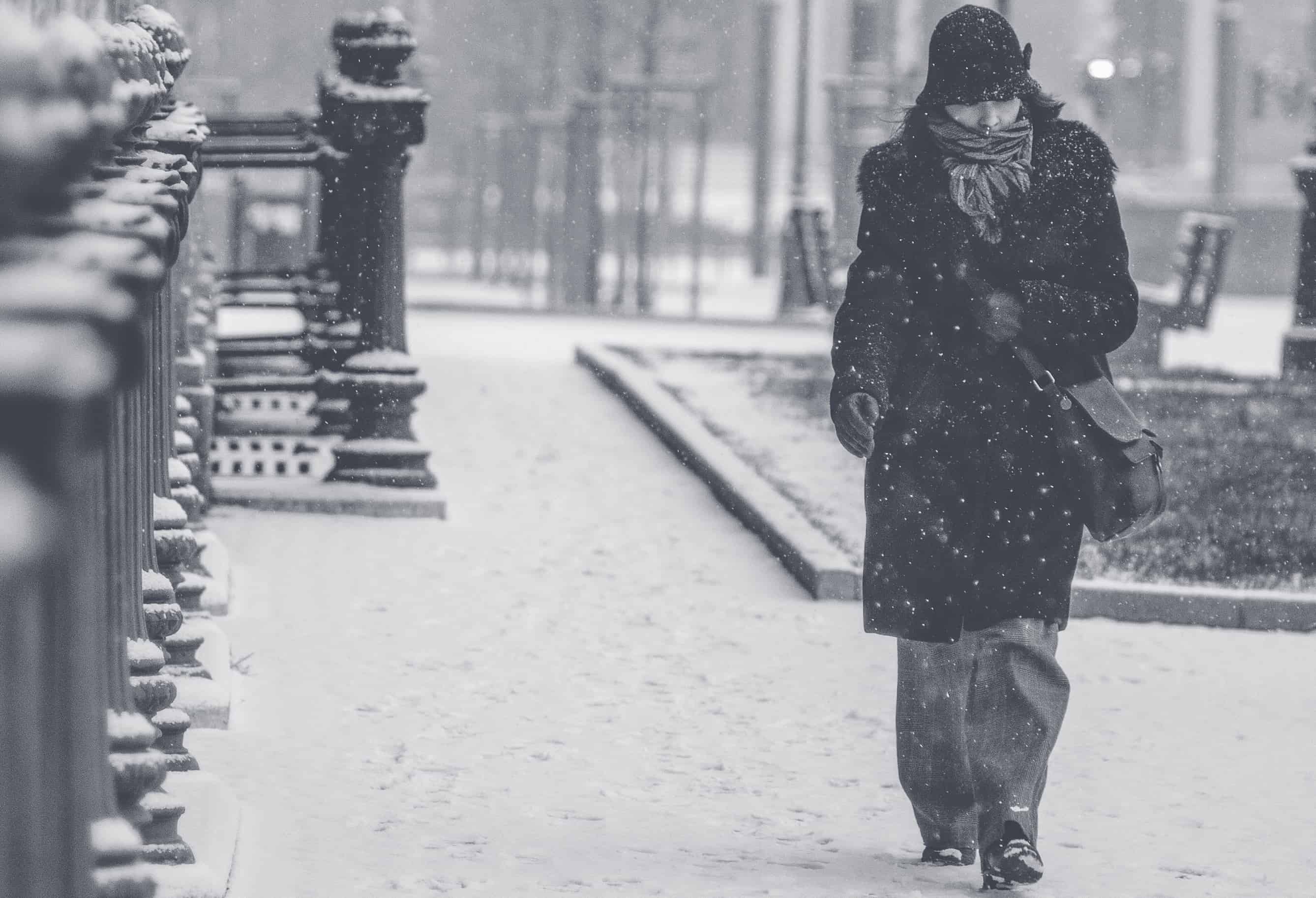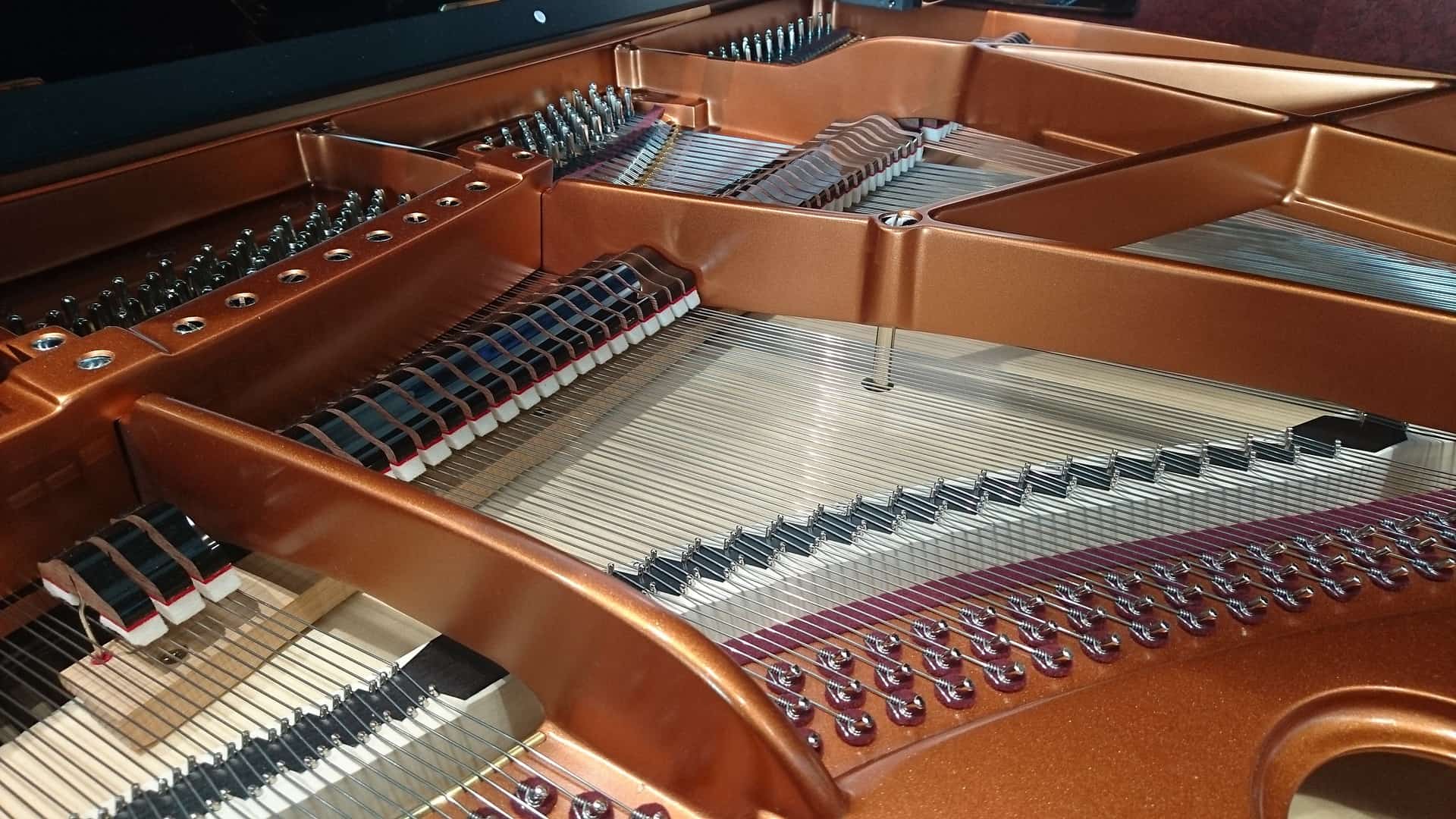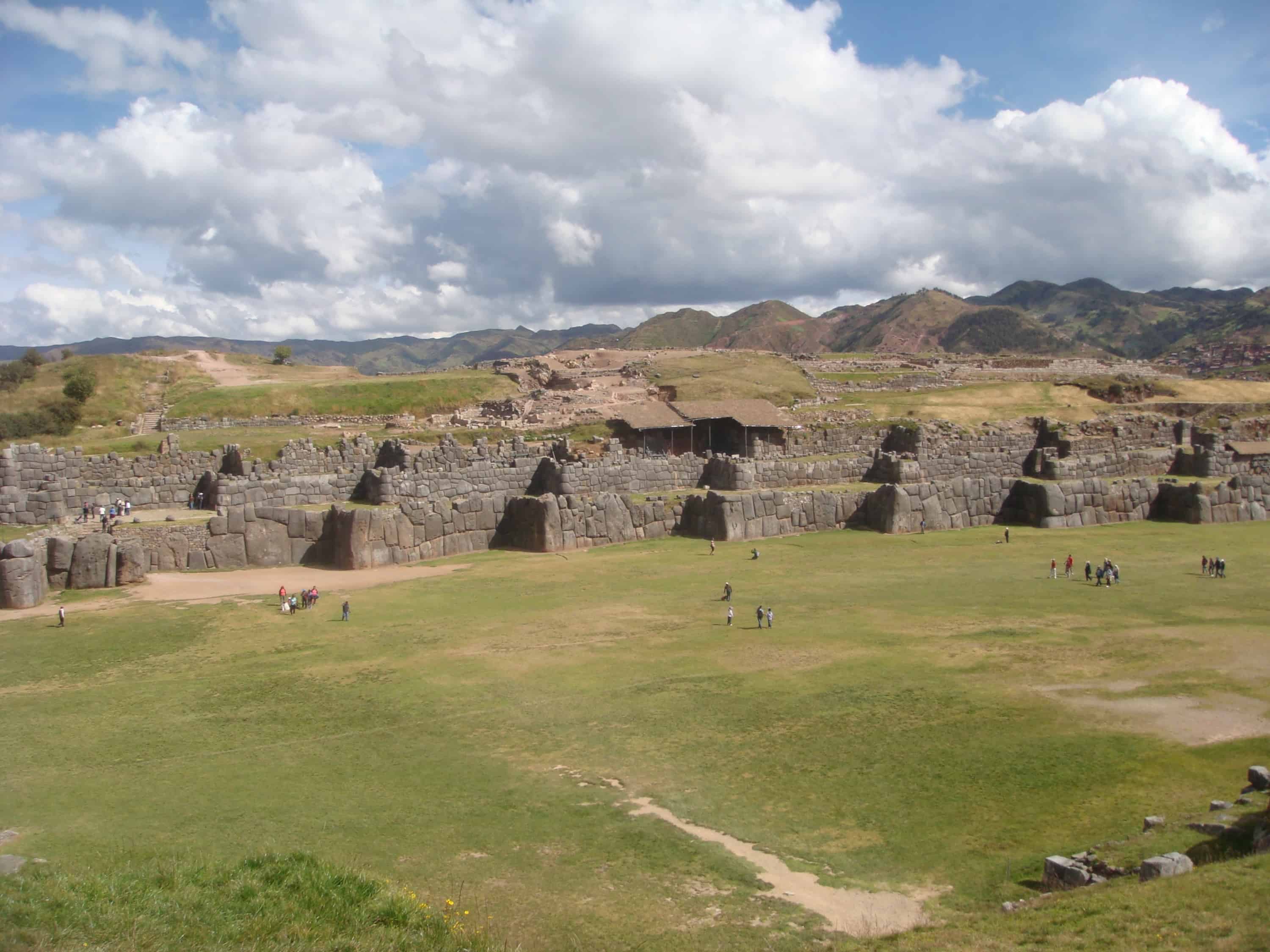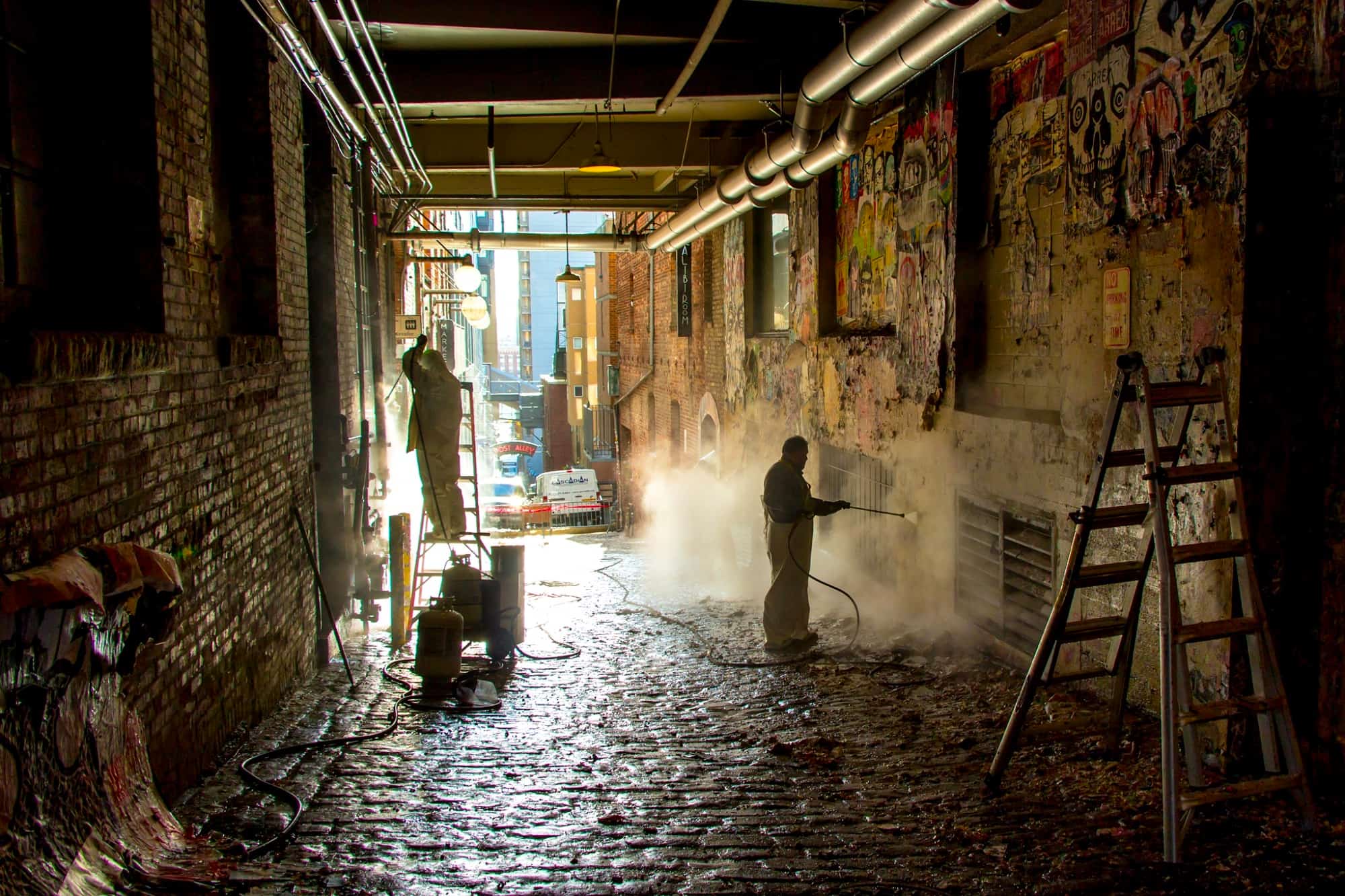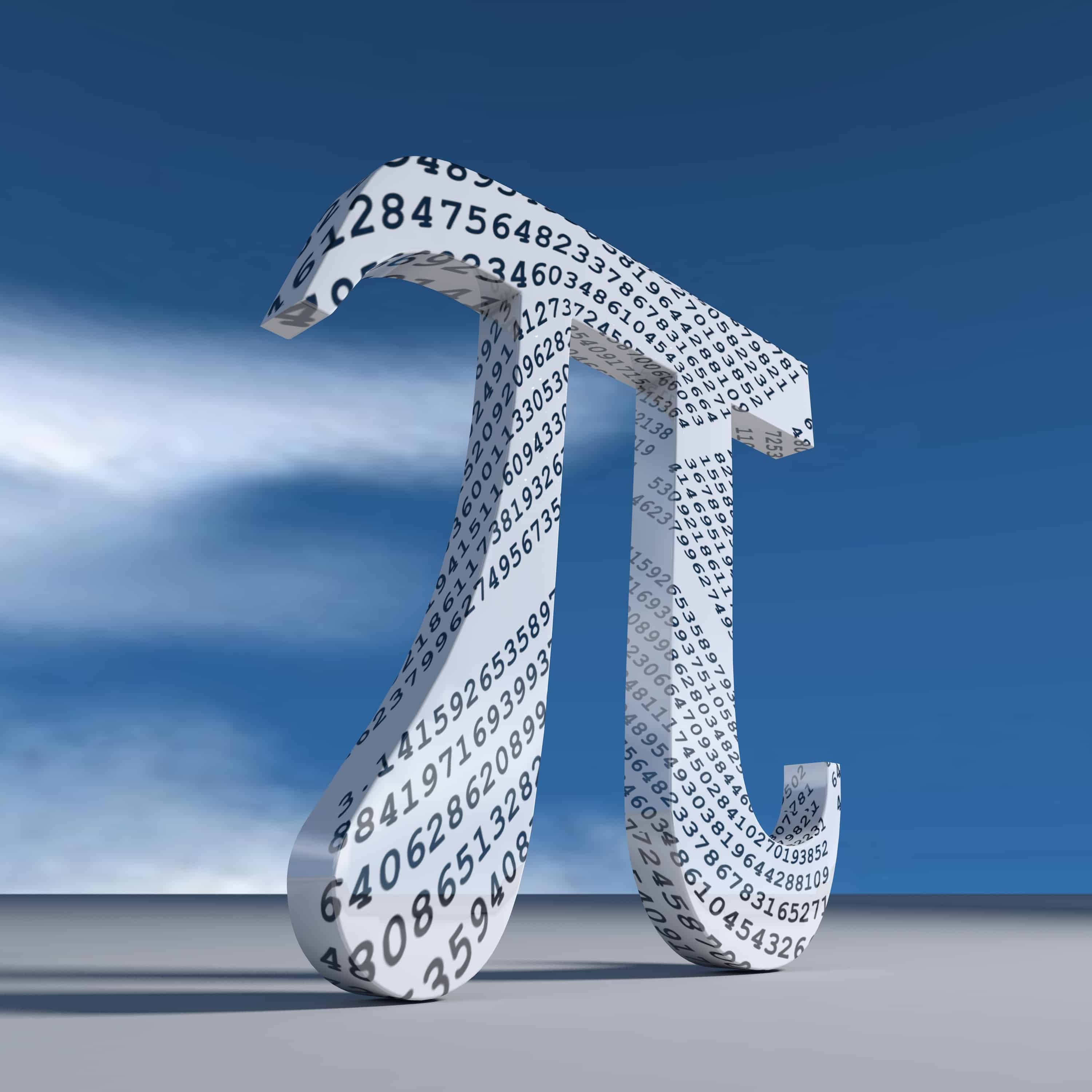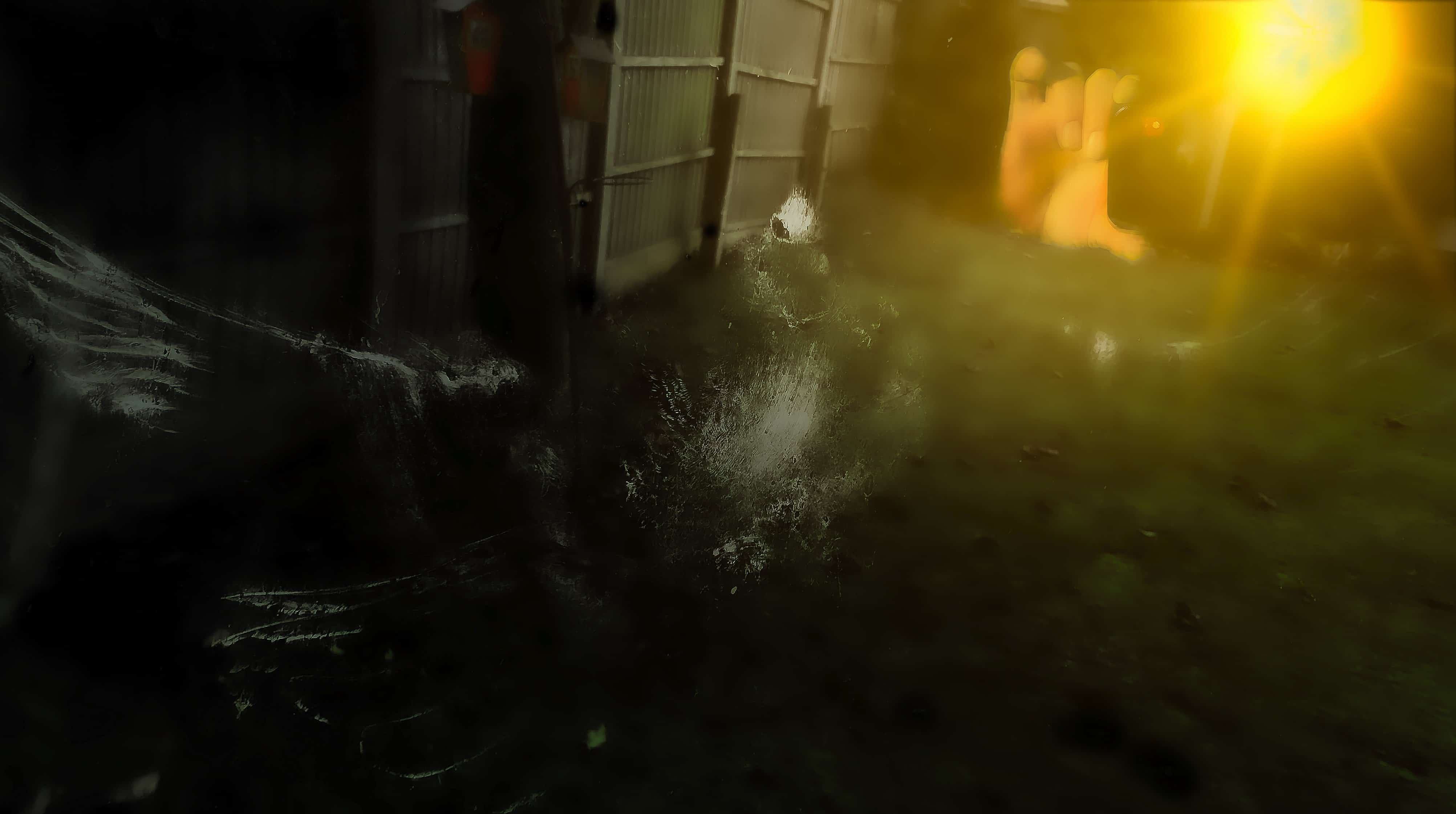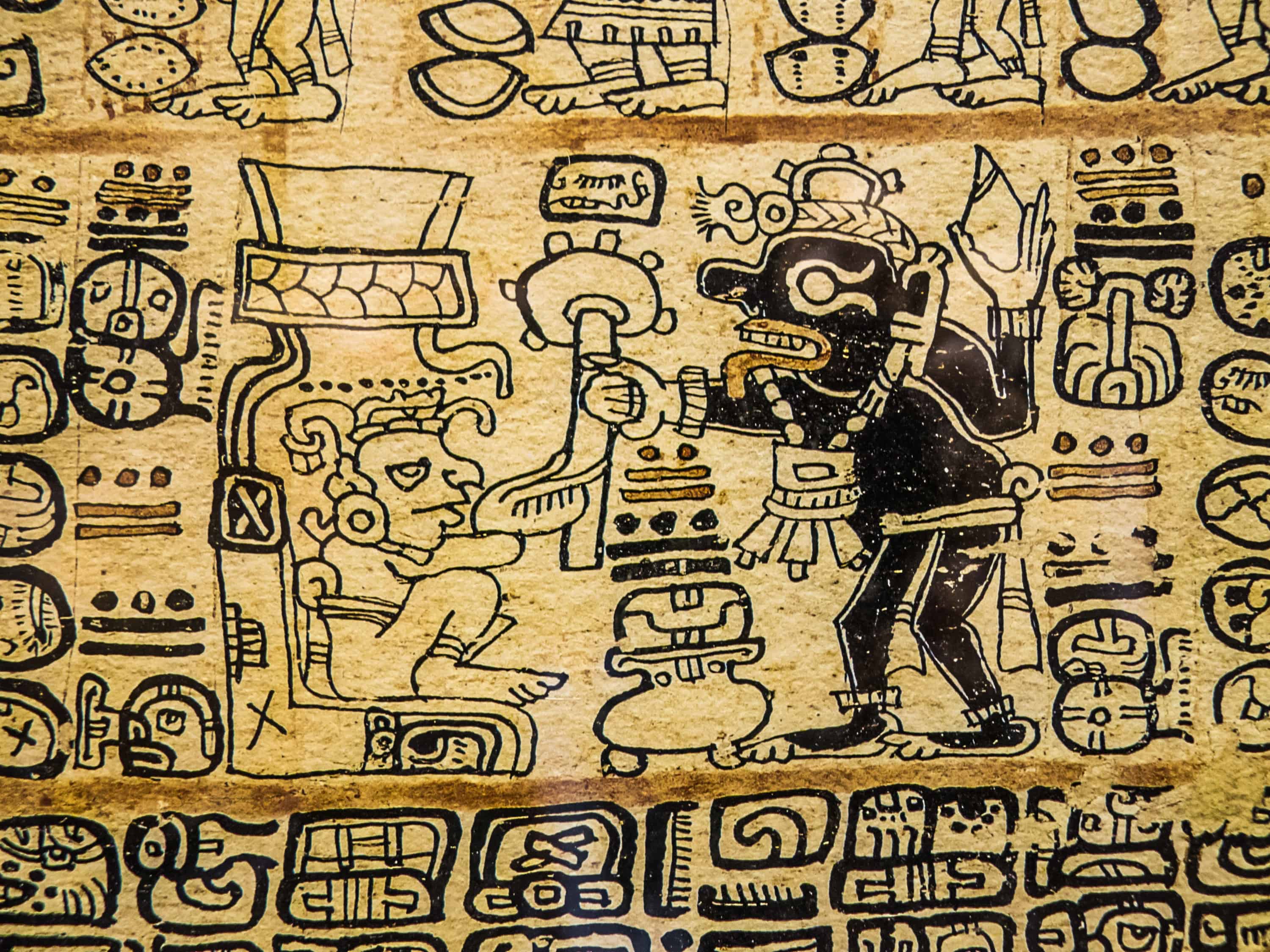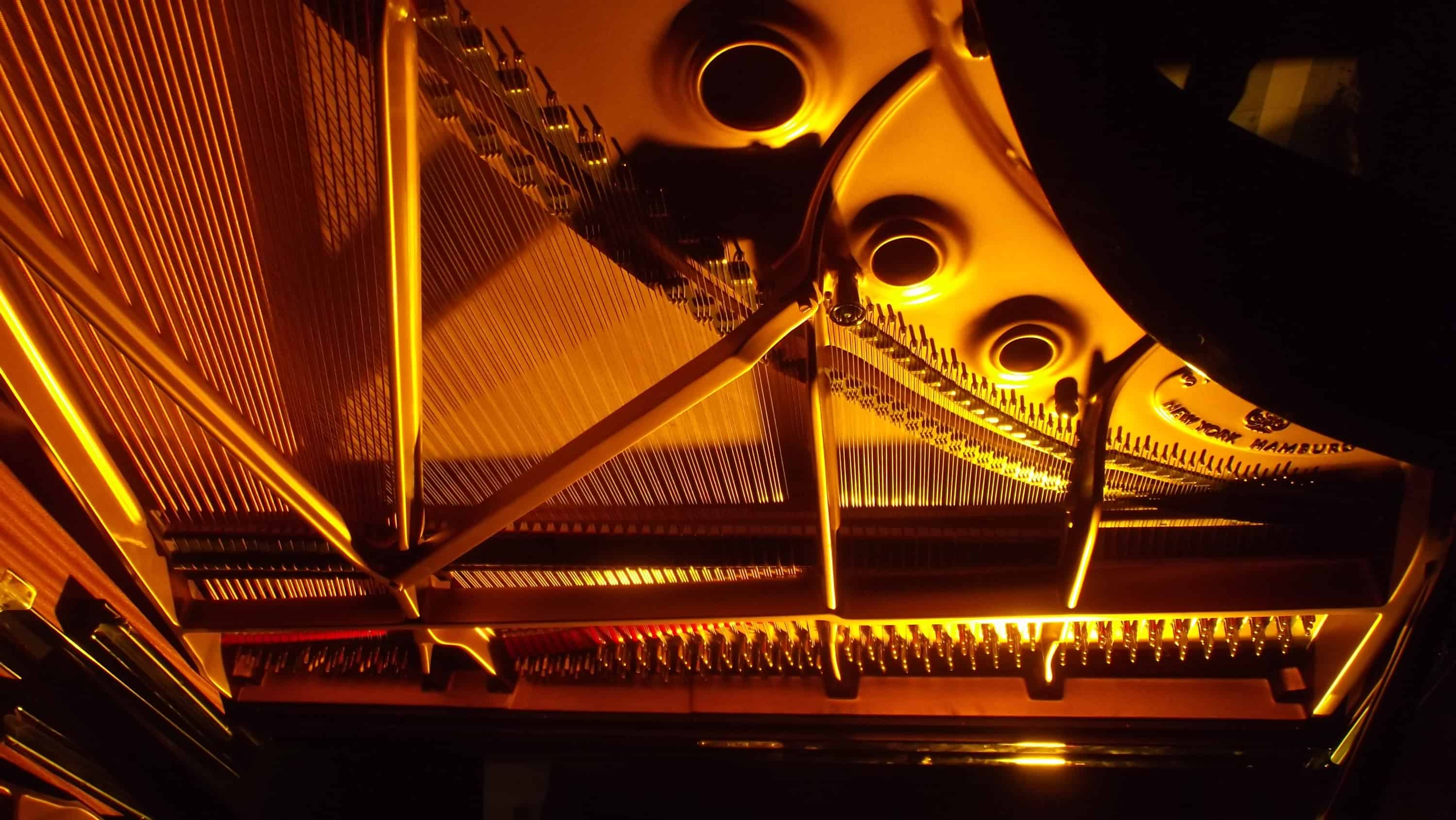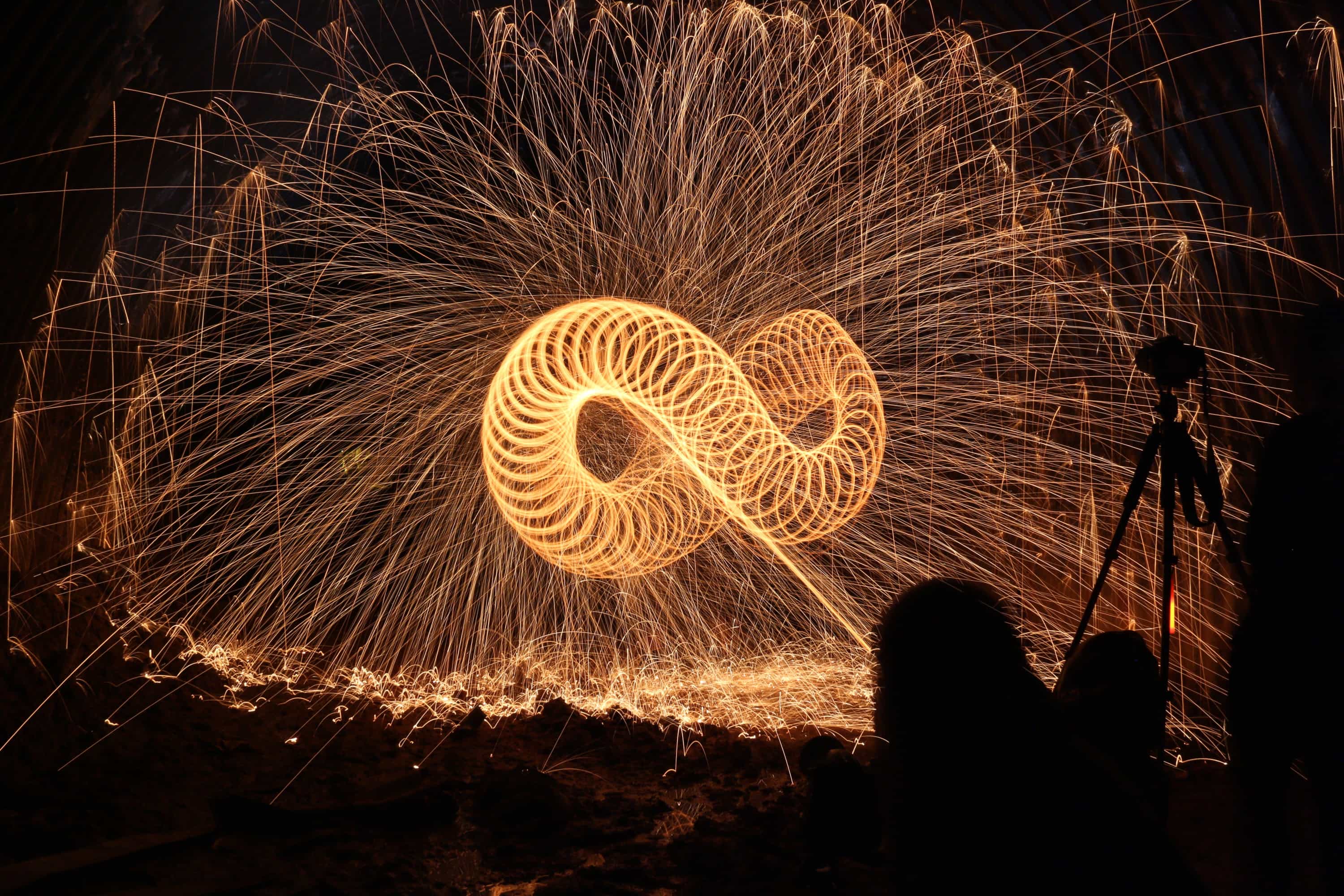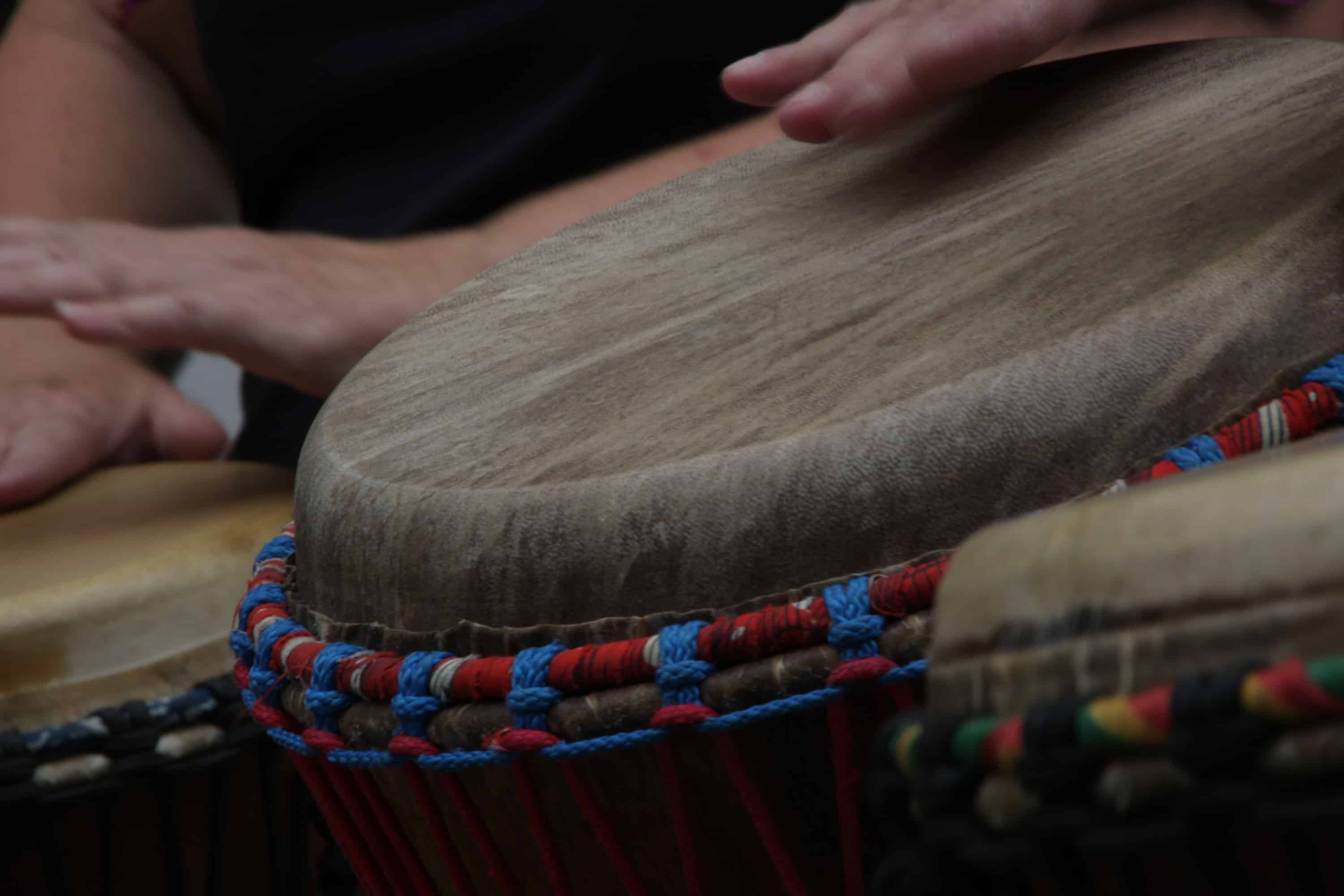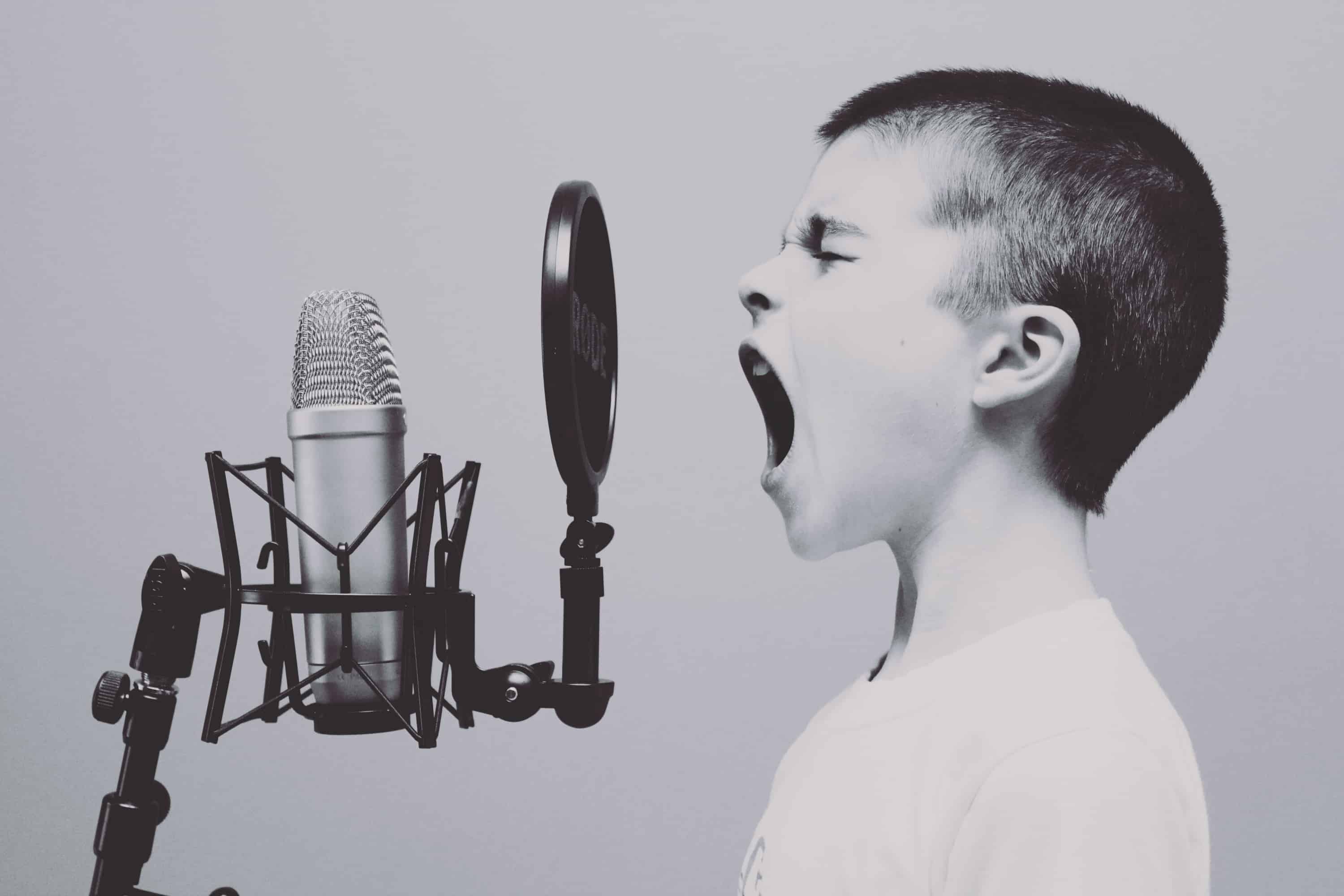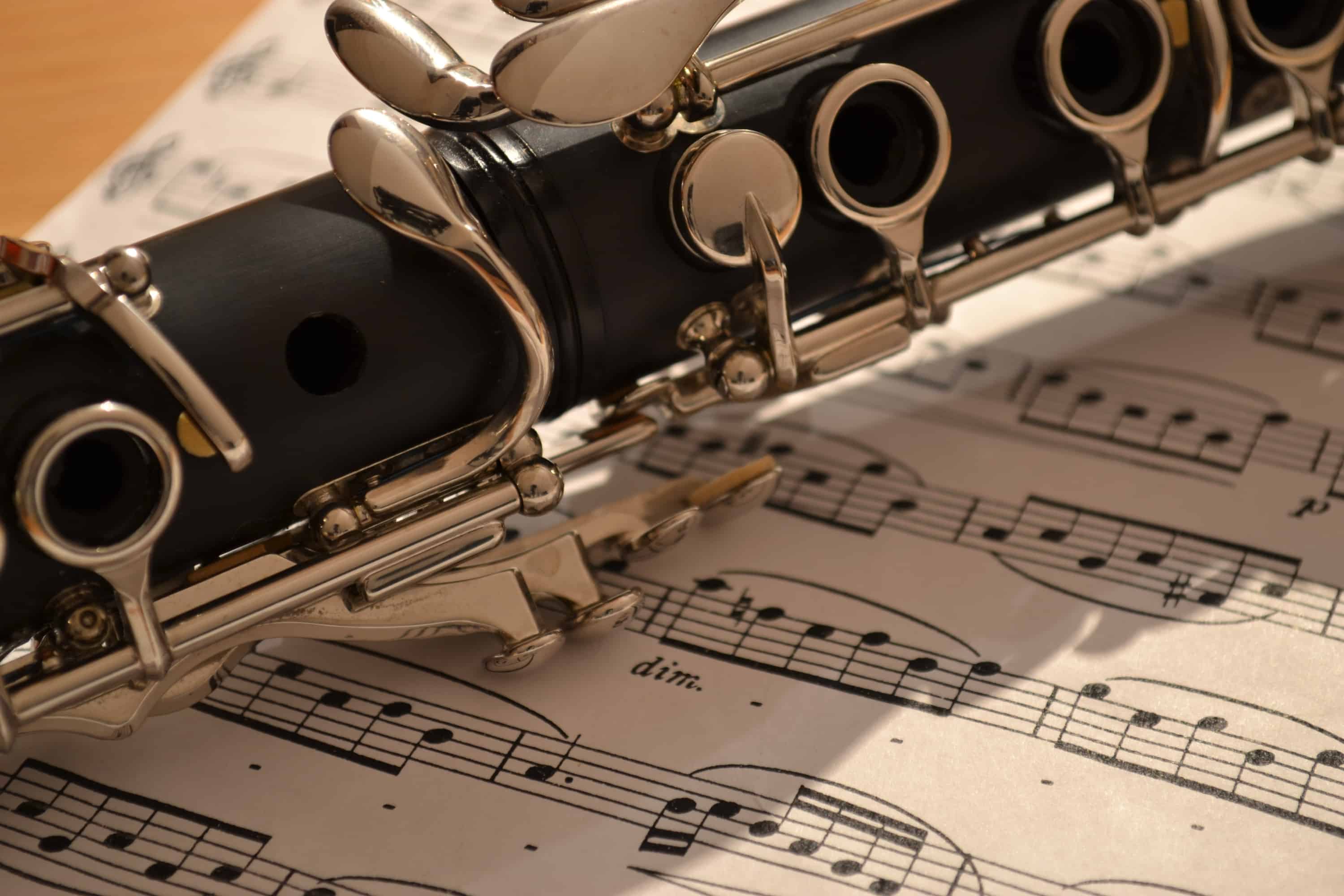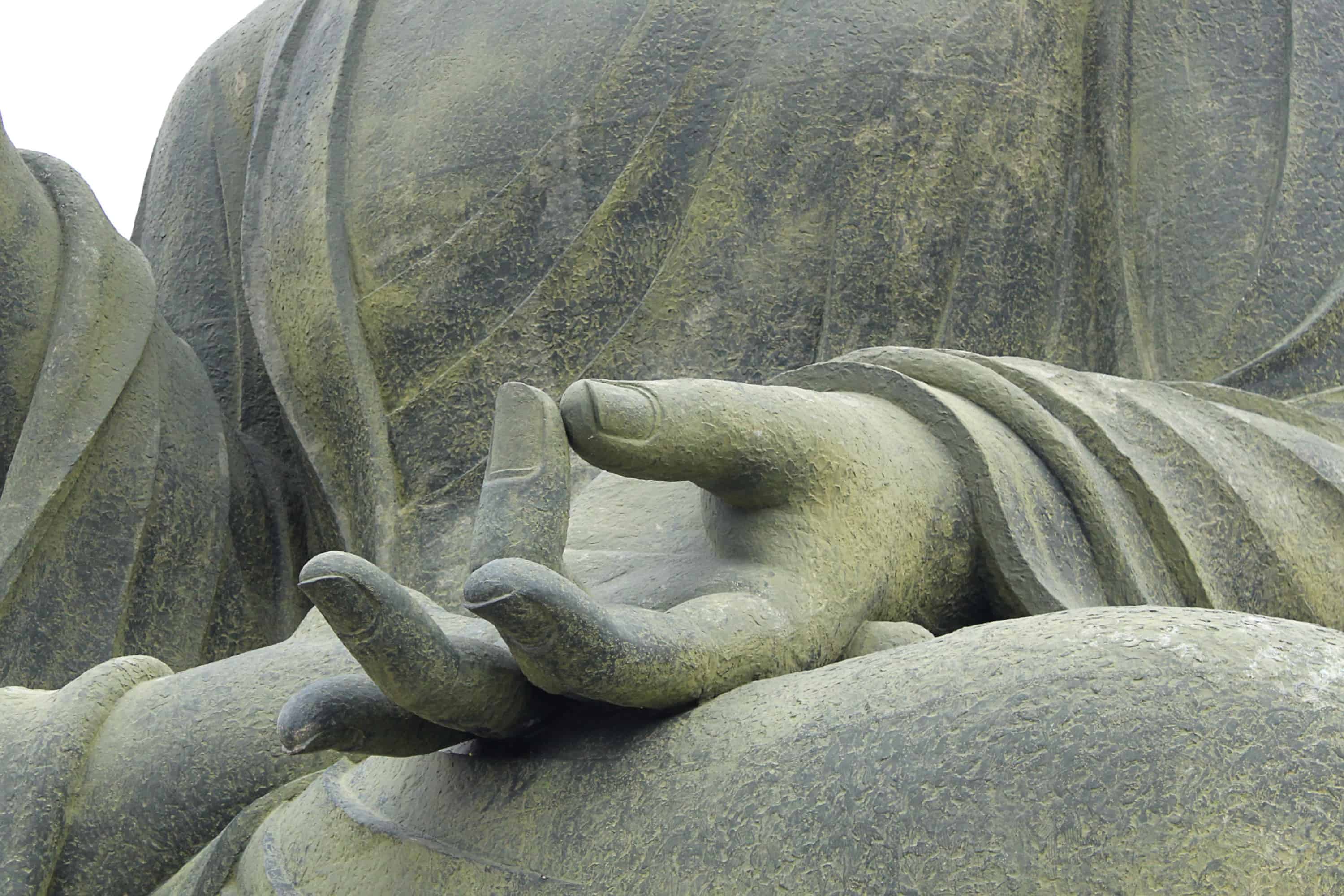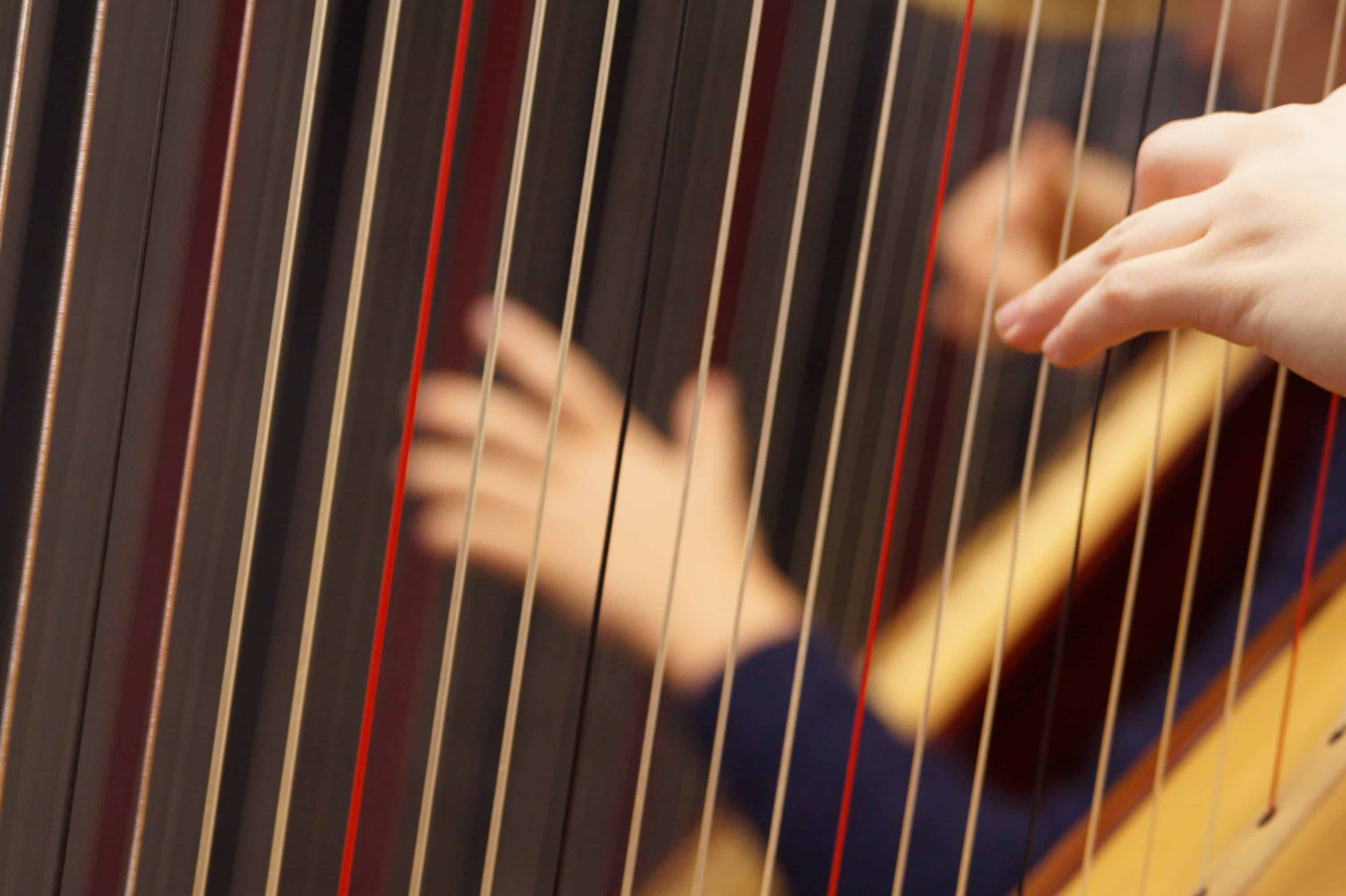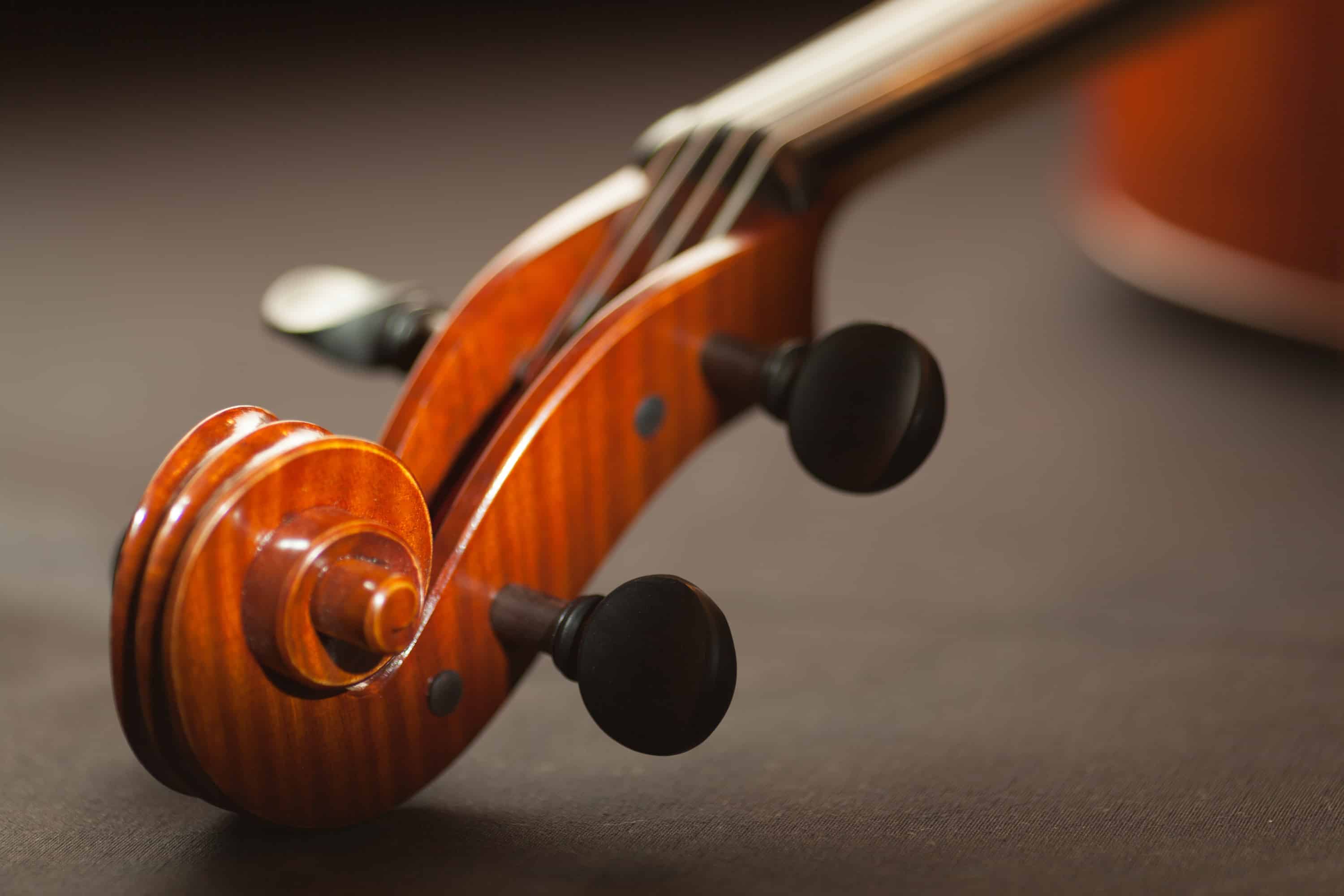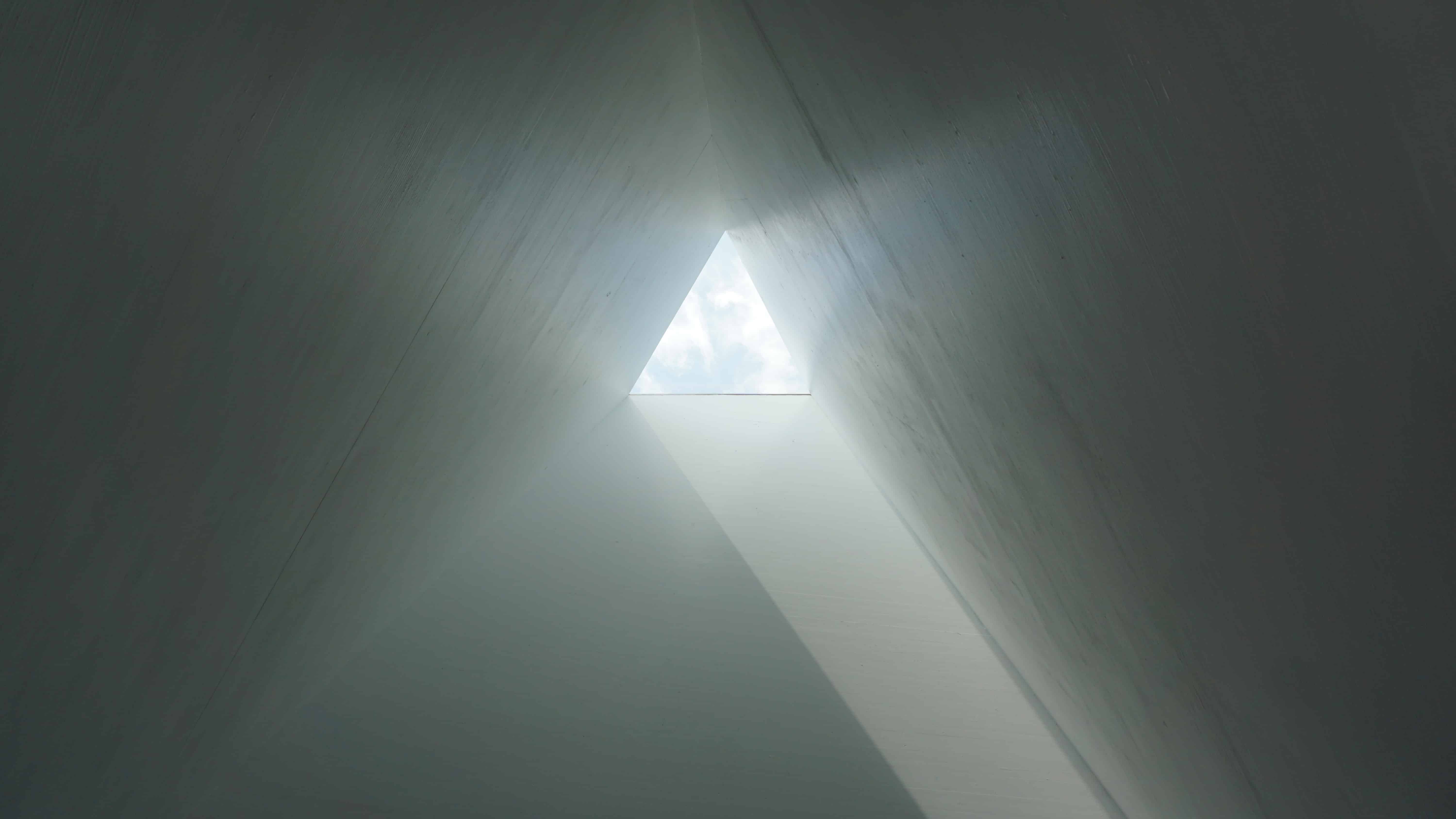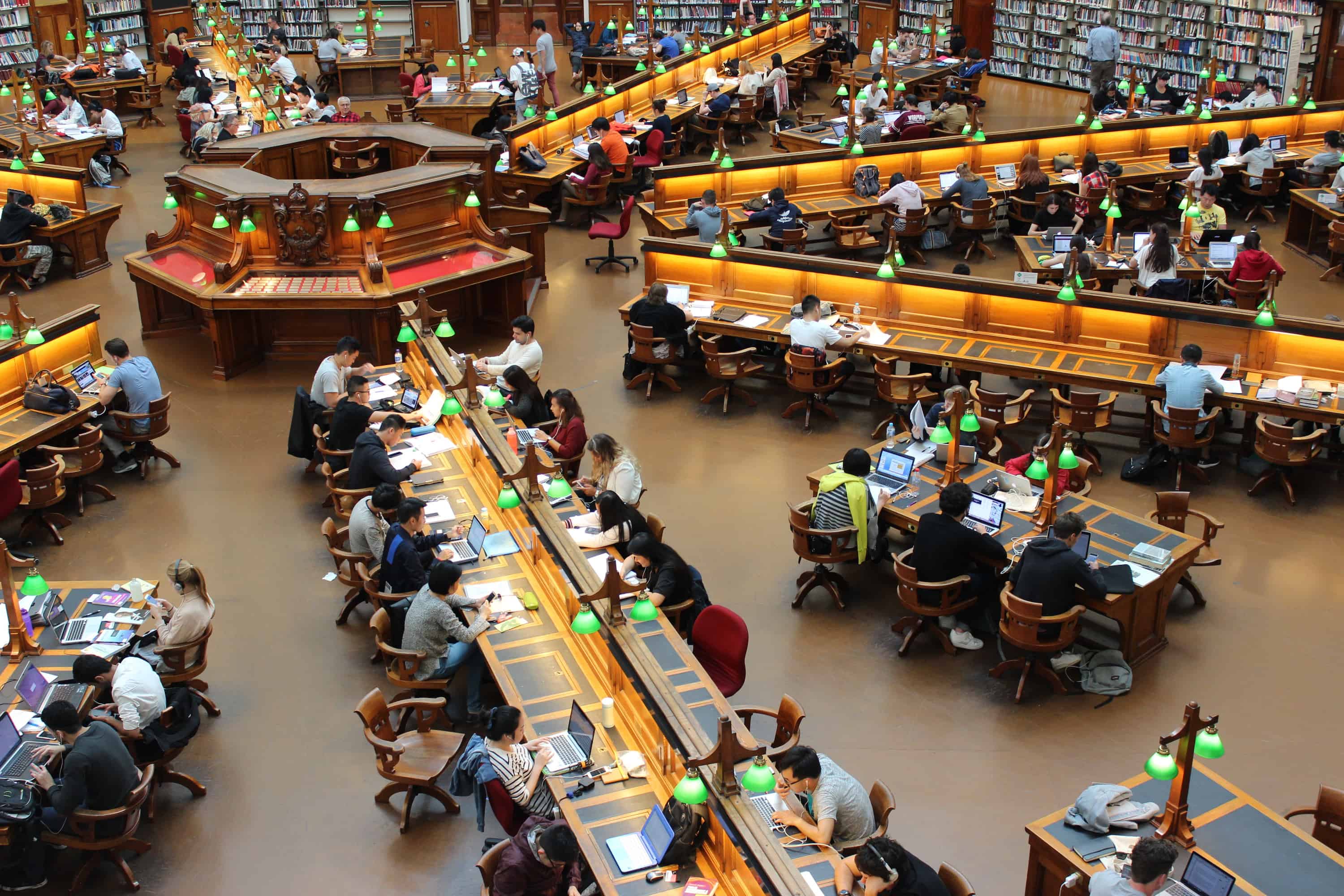Electroacoustic Composition 3
The Bug (Acousmatic) (2005)
Single Movement for multiple paired-stereo speaker analogue diffusion
The Bug was composed as a short companion piece for An Individual Voice from the same pool of primary audio recordings and is a single source, single movement acousmatic composition realised in the composer’s home studios during 2005 from the spoken words and vocalisations of his son, recorded when he was just two years old.
Context and Narrative: The Bug …
During this period, the composer was entrenched in doctorate research and the demands of his academic career and would literally need to devote every minute of spare time to composing and/or documenting research. It was always important to spend time with his family, but often ‘playtime’ with his son would be difficult to negotiate and at times would be literally ‘timetabled’ for mid-morning break, lunchtime, afternoon break and early evenings.
This was (of course) never enough to satisfy an energetic boy demanding another game of football in the garden (regardless of the weather). One day, the persistent (and often reasonable) request of “Dad, play footy with me …” escalated to epic proportions and could not be assuaged. Donning his (still wet) dirty trainers, ‘footy jeans’ and raincoat for the third time that day, the composer declared to the amusement of all that he was going to turn his son into The Bug …

Concept:
Research into scored composition at this time was exploring rhythmic processes of rotation, expansion and diminution through proportional relationships and asymmetrical rhythmic units and so the composer used this studio composition as an opportunity to further inform that research.
Choosing a single primary audio sample that had not been used in the sound palette for An Individual Voice, the composer cut, processed and manipulated a wide range of percussive attacks with similar timbral characteristics reminiscent of the sound of brittle twigs breaking and snapping: The Bug.
Process and Peripheral Research: Painting by Numbers …
Referring to a predetermined proportional set of asymmetrical rhythmic units (integers), a collection of twenty-two composite sounds were composed that could produce rotations of rhythmic expansion and diminution. These composite sounds were considered as individual events, but arranged and rearranged into variable strands of linear rhythmic units. The composer noted that this was similar in concept to Reich’s extended melody technique, but explored this connection no further at the time.
The research then explored patterns of placement, rotation and repetition based upon the proportional and asymmetrical distribution of sequenced integers summating (or dividing) to the number 22. This became the through-composed persistence of The Bug that is fairly obvious for all to hear in the completed acousmatic master.
Although the distributive processes utilised in this acousmatic work informed strands of serious research in acoustic writing, the concept and origins for this piece were fairly light-hearted and so the composer could discuss references to Pointillism or Serialism here, but in practice, the compositional process felt more like ‘painting by numbers’. The pre-composed collection of composite sounds and predetermined proportional patterns of asymmetric sequential rotations offered a plethora of variations as the composer shaped linear rhythmic phrasing guided by the narrative (the persistent bug), personal taste and creative instinct (sonic structuralism).
Brief Synopsis and Conclusion:
The Bug is almost the antithesis to its companion piece An Individual Voice, where the seamless dynamic envelopes, flowing rhythms and symbiotic vertical textures wrapped within a clear tri-partite form have been replaced by a monophonic, monochromatic, singular soundworld presented in a complex and episodic linear form. The contrast and relief within the textures of The Bug (the spaces and interludes in-between) contain certain sonic similarities with, and the odd hidden quotation from, its larger sibling.
Concrete Diffusion:
The acousmatic studio master was conceived for multiple stereo-pair analogue diffusion (surround sound), with additional summated (central) mono and sub-bass (LFE) files.
Direct Pdf Link :
Additional Resources ...
A sound palette of 20 mono audio samples exploring the soundworld of the child’s voice used as the single sound source for this piece. The files are available to use as open access source recordings for electroacoustic and acousmatic composers (20 MB of 16bit Wave Audio).

